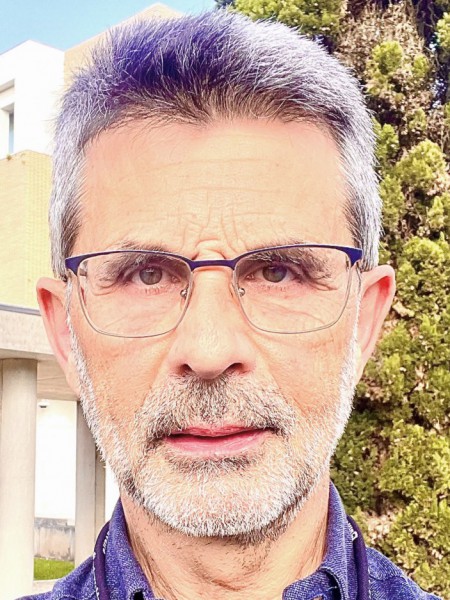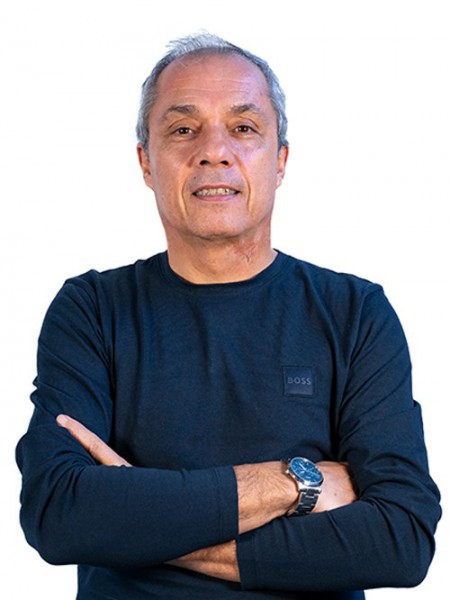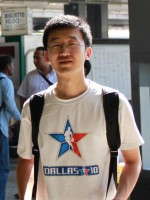resumo
Accurate, noninvasive, and self-referenced temperature measurements at the sub-micrometer scale are of great interest, prompted by the ever-growing demands in the fields of nanotechnology and nanomedicine. The thermal dependence of the phosphor's luminescence provides high detection sensitivity and spatial resolution with short acquisition times in, e.g., biological fluids, strong electromagnetic fields, and fast-moving objects. Here, it is shown that nanoparticles of [(Tb-0.914 Eu-0.086)(2)(PDA)(3)(H2O)]center dot 2H(2)O (PDA = 1,4-phenylenediacetic acid), the first lanthanide-organic framework prepared by the spray-drying method, are excellent nanothermometers operating in the solid state in the 10-325 K range (quantum yield of 0.25 at 370 nm, at room temperature). Intriguingly, this system is the most sensitive cryogenic nanothermometer reported so far, combining high sensitivity (up to 5.96 +/- 0.04% K-1 at 25 K), reproducibility (in excess of 99%), and low-temperature uncertainty (0.02 K at 25 K).
palavras-chave
CRYOGENIC TEMPERATURE-MEASUREMENT; NANOSCALE THERMOMETRY; COORDINATION POLYMERS; DRUG-DELIVERY; LUMINESCENCE; SENSORS; NANOPARTICLES; PHOTOLUMINESCENCE; NANOCRYSTALS; FLUORESCENCE
categoria
Chemistry; Science & Technology - Other Topics; Materials Science; Physics
autores
Wang, ZP; Ananias, D; Carne-Sanchez, A; Brites, CDS; Imaz, I; Maspoch, D; Rocha, J; Carlos, LD
nossos autores
agradecimentos
This work was developed in the scope of the project CICECO-Aveiro Institute of Materials (Ref. No. FCT UID /CTM /50011/2013), financed by national funds through the FCT/MEC and when applicable co-financed by FEDER under the PT2020 Partnership Agreement. C.D.S.B. (SFRH/BPD/89003/2012) and D.A. (SFRH/BPD/95032/2013) thank FCT (Fundacao para a Ciencia e a Tecnologia) for postdoctoral grants. Z.W. also thanks the postdoctoral scholarship under the Project No. CENTRO-07-ST24-FEDER-002032. This work was also supported by the MINECO-Spain under the Project Nos. PN MAT2012-30994 and EU FP7 ERC-Co 615954. I.I. thanks the MINECO for the RyC fellowship. ICN2 acknowledges support of the Spanish MINECO through the Severo Ochoa Centers of Excellence Program under Grant No. SEV-2013-0295.






